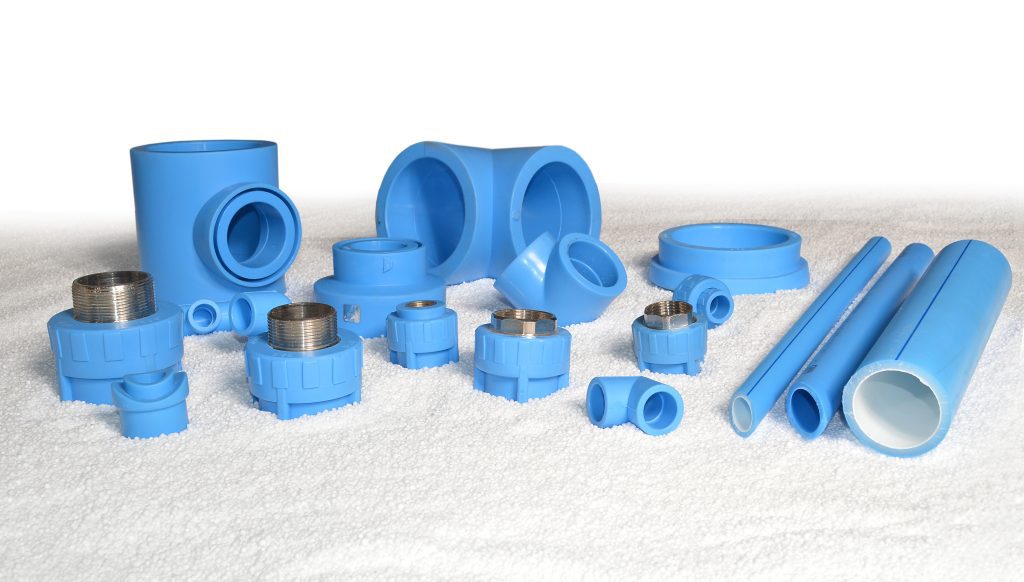A PEX plumbing system is a great alternative to copper and galvanized steel pipes in new homes. It has many advantages, including a corrosion-resistant coating, and it is flexible, which makes it less susceptible to freezing and cracking. It also helps reduce energy consumption by reducing the wait time for hot water. PEX pipes are also non-conductive, which can help keep water temperatures more consistent. However, some concerns about the material have cropped up, such as reports of toxins leaching from the plastic, and some plumbers prefer to use traditional materials in residential homes.
Like other pipe types, PEX comes in a variety of lengths, from 10-foot pieces to 500-foot rolls. The diameter ranges from 3/8 to 1 inch. There are also various options for fittings that allow you to connect the pipes to your fixtures. These fittings can be push fit, crimped, or clamped. Using the right fittings will ensure a secure connection and prevent leaks.
There are three different types of PEX tubing: A, B, and C. These differences are based on the type of manufacturing process and the characteristics of the pipe itself. The most common type of PEX is PEX-A, which uses a moisture-cure method. It is slightly more expensive than PEX-B, but it has a better resistance to chlorine, which is a consideration in areas where the water is highly chlorinated.
While all PEX is made with a cross-linked polyethylene, the exact makeup differs between types. The cheapest is PEX-C, which is made with an irradiation process and has a lower melting point. The mid-range option is PEX-B, which has a good bending radius and an excellent bursting pressure rating. It also has good resistance to oxidation, but not as much as PEX-A.
Another important difference between the different types is their reaction to extreme temperatures. Both types can withstand cold weather, but the PEX-A material is more resilient and can resist bursting in very cold conditions. PEX-B has a similar bursting strength but does not expand as well, so it is not as reliable in very cold conditions.
PEX is an inexpensive and durable alternative to copper and galvanized steel, which can corrode over time, resulting in broken, leaking pipes. It is also a healthier option for homeowners, as it does not contain any lead or other dangerous metals.
PEX is easy to work with, but there are some things you should know before starting a DIY project. It is best to buy a brand of PEX that you can trust, as mixing and matching can void your warranty and result in faulty connections and leaky pipes. It is important to read the manufacturer’s instructions before attempting to install any fittings or connectors, and to be sure that you are using the appropriate tools. Some manufacturers also require that their pipes be installed only by a licensed professional.pex water pipe

